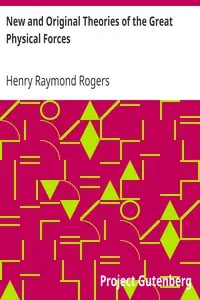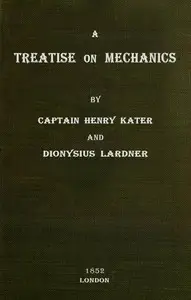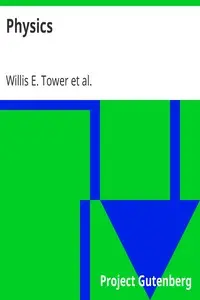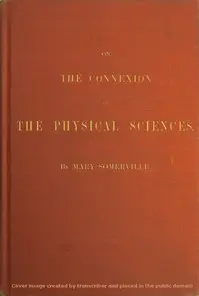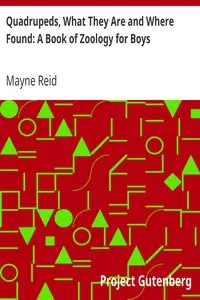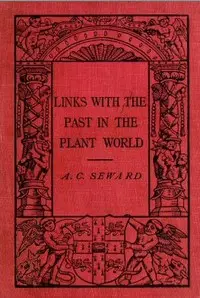"On the Various Forces of Nature and Their Relations to Each Other" by Michael Faraday is a collection of engaging lectures intended for young audiences, originally presented at the Royal Institution, that explains the key physical forces that shape our world. The talks journey through gravitation, cohesion, and chemical affinity, highlighting the connections between them all. With accessible language and straightforward experiments like observing the effects of pulling paper, Faraday sparks curiosity and explains how these forces work, inspiring a sense of awe for the wonders of existence.
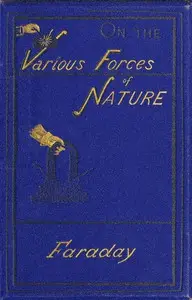
On the various forces of nature and their relations to each other
By Michael Faraday
Discover the hidden connections between gravity, cohesion, and chemical reactions through simple experiments designed to unlock the secrets of the natural world.
Summary
About the AuthorMichael Faraday was an English scientist who contributed to the study of electromagnetism and electrochemistry. His main discoveries include the principles underlying electromagnetic induction, diamagnetism and electrolysis. Although Faraday received little formal education, as a self-made man, he was one of the most influential scientists in history. It was by his research on the magnetic field around a conductor carrying a direct current that Faraday established the concept of the electromagnetic field in physics. Faraday also established that magnetism could affect rays of light and that there was an underlying relationship between the two phenomena. He similarly discovered the principles of electromagnetic induction, diamagnetism, and the laws of electrolysis. His inventions of electromagnetic rotary devices formed the foundation of electric motor technology, and it was largely due to his efforts that electricity became practical for use in technology.
Michael Faraday was an English scientist who contributed to the study of electromagnetism and electrochemistry. His main discoveries include the principles underlying electromagnetic induction, diamagnetism and electrolysis. Although Faraday received little formal education, as a self-made man, he was one of the most influential scientists in history. It was by his research on the magnetic field around a conductor carrying a direct current that Faraday established the concept of the electromagnetic field in physics. Faraday also established that magnetism could affect rays of light and that there was an underlying relationship between the two phenomena. He similarly discovered the principles of electromagnetic induction, diamagnetism, and the laws of electrolysis. His inventions of electromagnetic rotary devices formed the foundation of electric motor technology, and it was largely due to his efforts that electricity became practical for use in technology.


